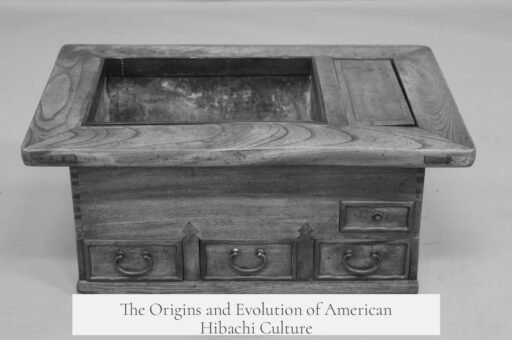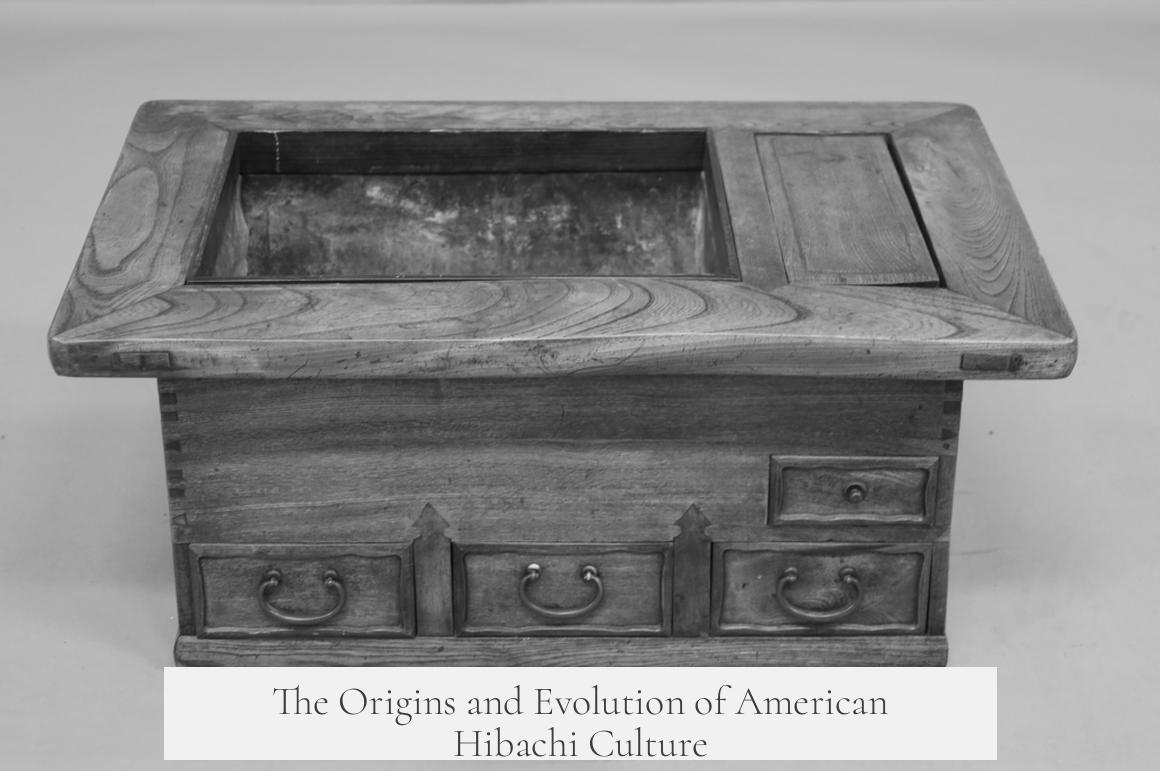American “hibachi” culture springs directly from Hiroaki (Rocky) Aoki’s 1964 founding of the first Benihana restaurant. This establishment shaped the American take on hibachi dining by blending an efficient operational model with entertaining chef-led cooking. The success of Benihana established the blueprint for all subsequent American hibachi restaurants and experiences.
Traditional restaurant systems often struggle with chaotic demand. Dinner times bring large waves of guests with varied table sizes and stay durations. Communication errors between waitstaff and chefs increase order errors. Wide-ranging, customized menus cause food waste and slim profits. Benihana addressed these by redesigning operations around predictability and efficiency.
- Table Pacing: Benihana seats only groups of eight and only when the chef is ready to serve, avoiding delays. Once a group finishes, the chef departs and guests feel encouraged to leave promptly, maximizing table turnover.
- Batching: Smaller groups combine into eight-person tables, so chefs serve consistent group sizes. This keeps preparation and cooking time steady. Early arrivals wait in the bar by a sushi station, offering profitable, exotic drinks and appetizers.
- Menu Standardization: The menu focuses on three proteins: steak, chicken, and shrimp. These proteins cook quickly and uniformly on one surface. Variations occur through sauces and sides, simplifying supply chains and inventory to few bulk items.
- No Full Kitchen: Kitchens serve only as prep areas, shifting more space to dining and seating.
- Enhanced Throughput: Consistent timing, simplified menus, and direct chef-to-customer interaction minimize errors and waste, boosting efficiency and satisfaction.
- Entertainment and Familiarity: The chef’s live cooking doubles as performing art. The food offers American-friendly ingredients dressed as exotic cuisine, justifying premium pricing on common proteins.
Benihana solved problems inherent in traditional restaurants while offering a novel dining experience. Its innovative approach drives higher profitability by reducing chaos, waste, and labor inefficiencies. The chefs act as entertainers, creating “theater” for diners and elevating simple meals into memorable events.
This model proved so successful that others replicated and adapted it. It inspired fast-food variations and home cook adaptations, spreading the American hibachi style across the country. While authentic Japanese hibachi differs, the American version revolves around Rocky Aoki’s 1960s innovation.
| Aspect | Feature in American Hibachi |
|---|---|
| Origin | Benihana restaurant by Hiroaki Aoki, 1964 |
| Seating | Tables for 8, combined smaller groups |
| Menu | Steak, chicken, shrimp with fixed sides |
| Kitchen | Prep-only, no full kitchen |
| Customer Experience | Chef cooks and entertains at table |
| Operational Focus | Batching, pacing, standardized production |
The American hibachi culture emerges as a balance of operational efficiency and guest experience innovation. It attracts diners through familiar tastes paired with live cooking drama in a streamlined system that boosts profitability. This combination created a new niche within American dining culture that remains popular decades later.
Key takeaways:
- American hibachi culture originates from Hiroaki (Rocky) Aoki’s 1964 Benihana model.
- Benihana’s design focuses on batching, pacing, and standardized menus.
- The chef performs live cooking shows, blending entertainment with dining.
- Simple proteins and bulk purchasing reduce waste and increase efficiency.
- Throughput and seating management streamline service and table turnover.
- The concept’s success inspired copies and adaptations nationwide.
Where Does American “Hibachi” Culture Come From?
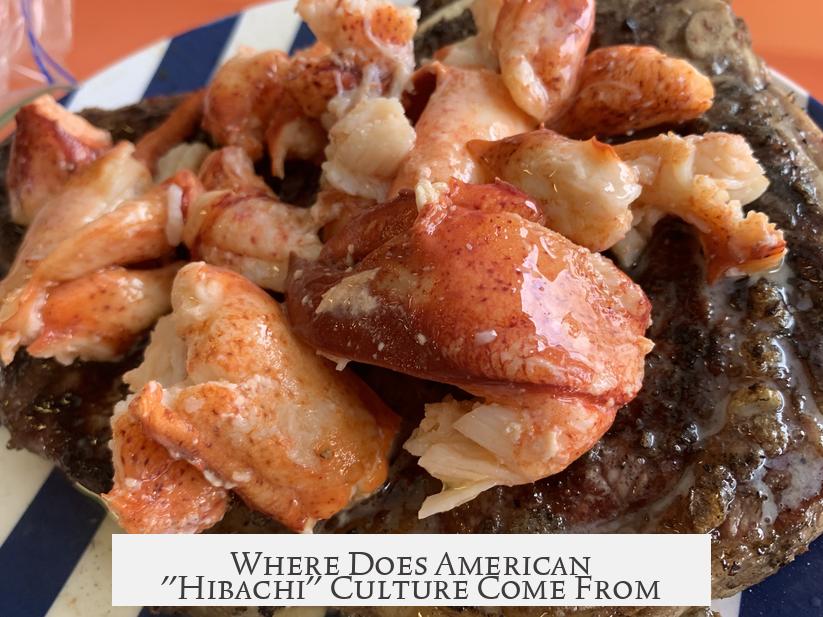
The American hibachi culture traces directly back to Hiroaki (Rocky) Aoki, who opened the first Benihana restaurant in 1964. This single establishment practically defined what many think of as hibachi dining in America today. It wasn’t just a place to eat; it was a revolutionary dining experience that changed the restaurant game forever.
But what makes this story so interesting? How did Benihana shape the American hibachi culture, and why does it still thrive? Let’s dig deeper into the roots and mechanics behind this iconic model.
The Birth of an American Hibachi Empire
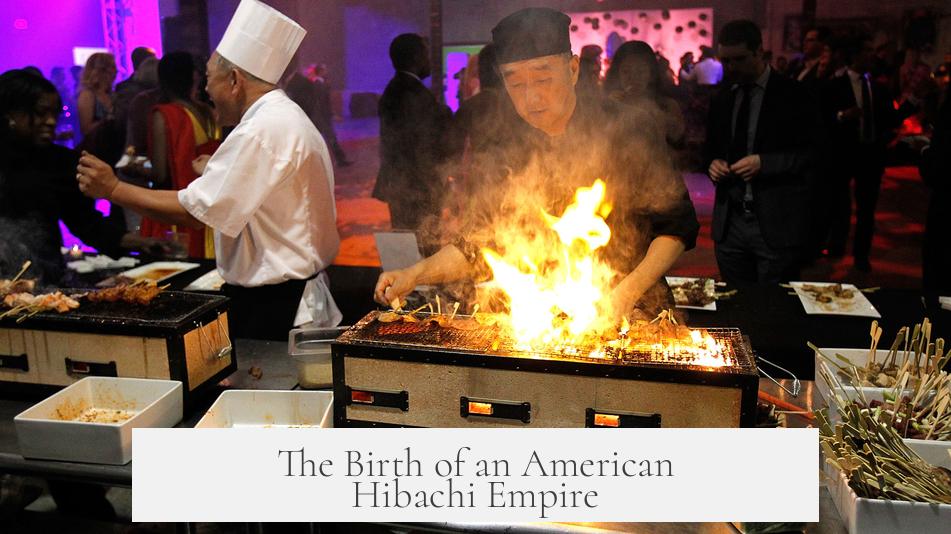
Benihana’s success wasn’t just luck. Rocky Aoki’s vision combined entertainment with efficiency, captivating diners with chefs cooking food right before their eyes. This was a stark contrast to most traditional Japanese restaurants, where chefs stayed hidden in the kitchen. Benihana brought the chef front and center, turning a meal into a performance.
Imagine arriving at a restaurant where the chef flips shrimp tails like a magician, catches eggs mid-air, and flips onions into the sizzling grill like a pro juggler. This showmanship made exotic Japanese cuisine feel accessible and exciting to Americans, many of whom had never experienced such interactive dining.
Why Traditional Restaurants Struggle – And How Benihana Solved It
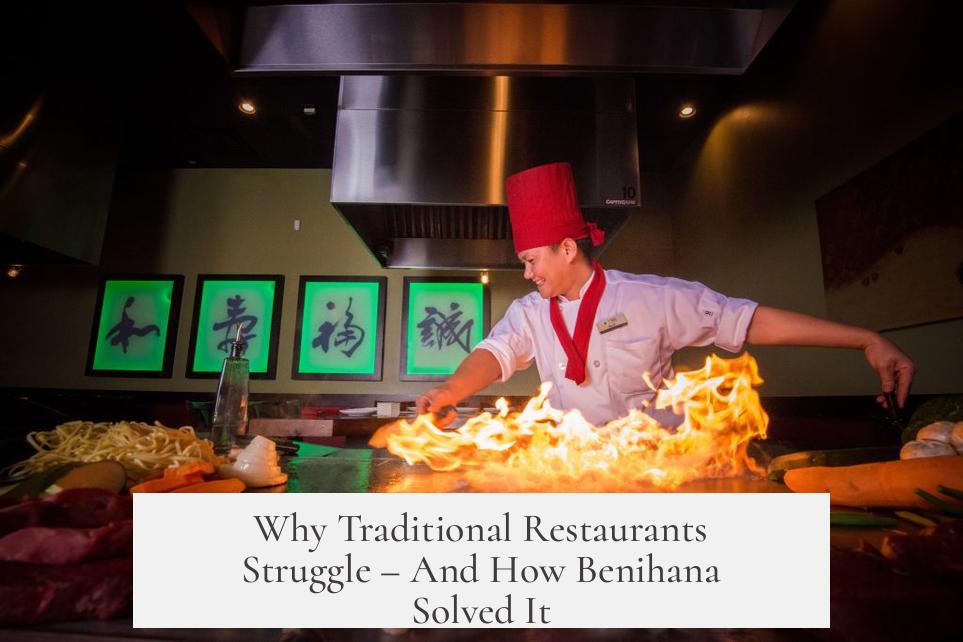
To appreciate Benihana’s genius, it helps to peek behind the curtain at typical restaurant chaos. Most eateries face big headaches: guests arrive all at once during dinner, tables vary in size, waiters relay custom orders, and the kitchen juggles dozens of unique dishes. The result? Wasted food, long waits, and tight profit margins.
“Restaurants are chaotic production systems,”
with unpredictable timing and varying customer demands, leading to stress and inefficiency.
Benihana tackled these issues with a few smart design choices. Let’s break them down.
Benihana’s Secret Sauce: Operational Design

- Pacing: At Benihana, tables seat a fixed eight guests. You won’t get seated until the chef is nearly ready. This avoids idle waits and groups diners efficiently. When your meal wraps, the chef leaves, signaling it’s time for everyone to move on. It’s a gentle nudge to keep turnover smooth.
- Batching: If you come alone or in a small group, you join with others to fill the eight seats. This creates a predictable rhythm for chefs who follow the same cooking pattern—rice, veggies, proteins. Your chef spends a consistent amount of time per table, improving flow and customer experience.
- Standardized Menu: The menu focuses on three proteins: steak, chicken, and shrimp. These familiar options ensure chefs master the cooking process, reducing mistakes and waste. Plus, ingredients like rice, onions, and zucchini are simple staples that streamline purchasing and inventory management.
- No Traditional Kitchen: The kitchen serves as a prep space. Most cooking happens at the tableside grill, freeing up space for more customers and enhancing the interactive vibe.
- Throughput Efficiency: This approach eliminates variability in seating and departure times. Chefs interact directly with customers, receiving immediate feedback. No middlemen to cause confusion or delays.
- American-Friendly Exotic Cuisine: Steak, chicken, shrimp, and American vegetables come together to create familiarity mingled with excitement. The cooking performance allows for premium pricing with everyday ingredients.
How These Innovations Shaped American Hibachi Culture
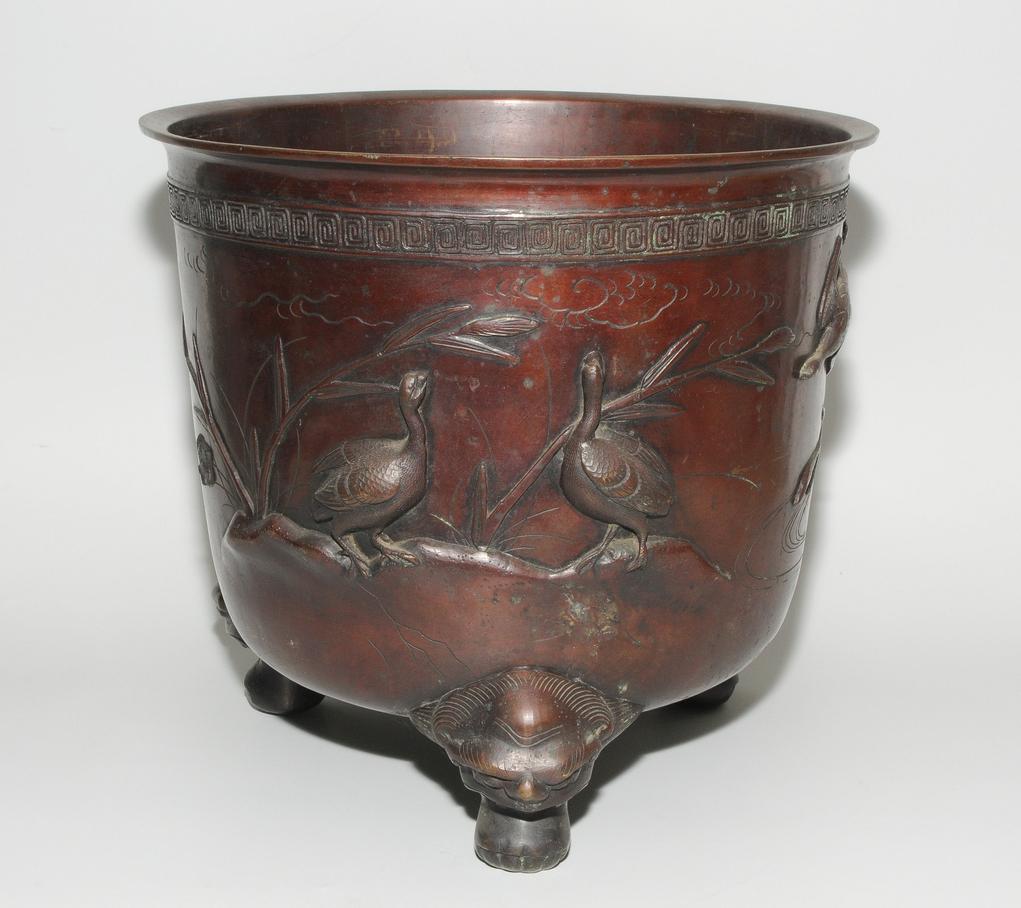
By solving operational challenges and delivering an engaging dining experience, Benihana created a blueprint others eagerly copied. The model was both profitable and fun. This success cemented the American hibachi identity.
Fast forward to today — that culture influences anything from casual hibachi chains to stovetop grills at home. You see it in specialty cookware, frozen meal kits, and animated cooking shows inspired by hibachi chefs’ flair. The concept morphed but stayed recognizable.
Why Is This Relevant Now?
As dining habits evolve, understanding this origin helps food entrepreneurs and enthusiasts appreciate how operational efficiency and entertainment innovation can transform a market. The Benihana model shows how simplicity and spectacle can coexist to delight customers and boost profits.
It also raises a question for modern restaurateurs: how can we blend operational smarts with cultural experiences today? Can we reinvent dining yet again, inspired by the legacy of Benihana’s American hibachi innovation?
In Summary
The American hibachi phenomenon began with Rocky Aoki’s Benihana in 1964. It combined smart restaurant logistics — like fixed seating, batching of diners, and limited menus — with a chef-driven, interactive experience serving familiar ingredients presented exotically. This blend solved traditional restaurant problems, boosted profitability, and created a new dining culture.
So next time you enjoy sizzling shrimp flipped at your table, remember: you’re tasting a slice of culinary history shaped by operational brilliance and the showmanship of a man who made Japanese cuisine dance across American grills.
Who knew efficiency and entertainment could taste so good together?
